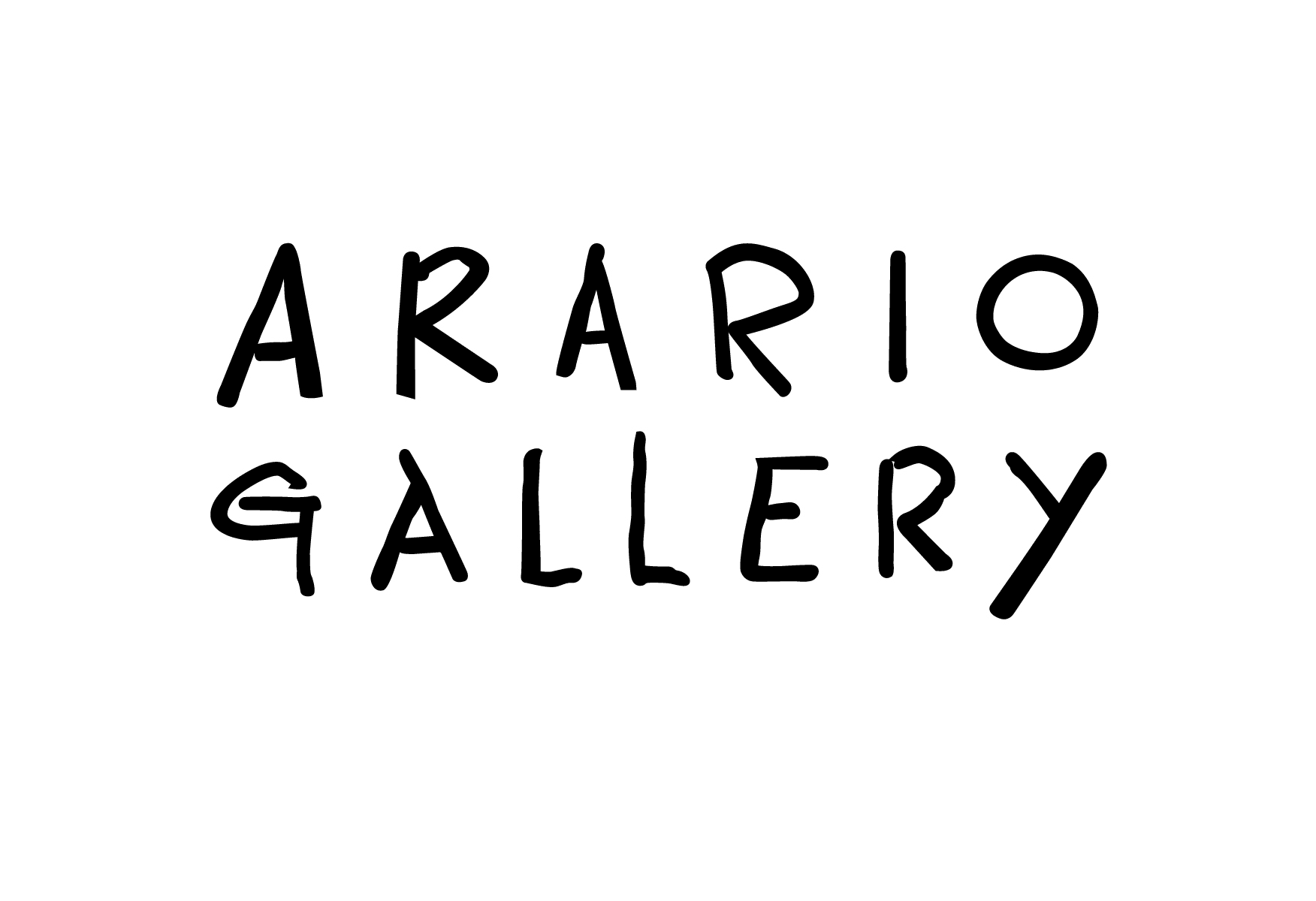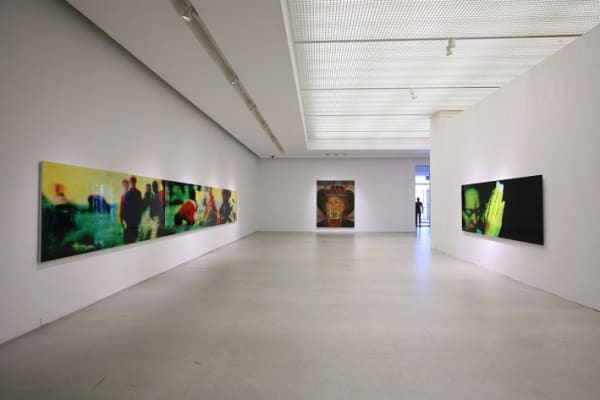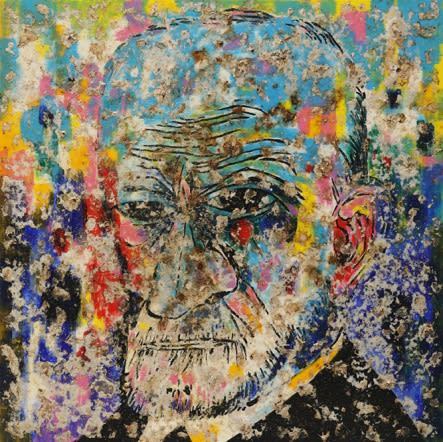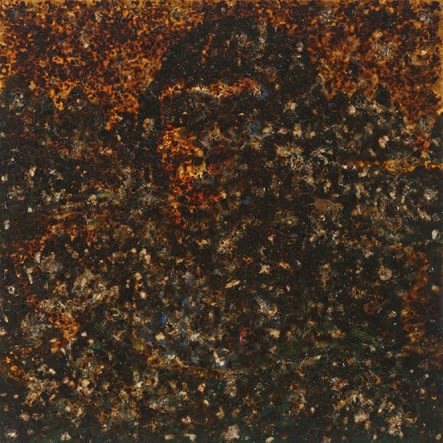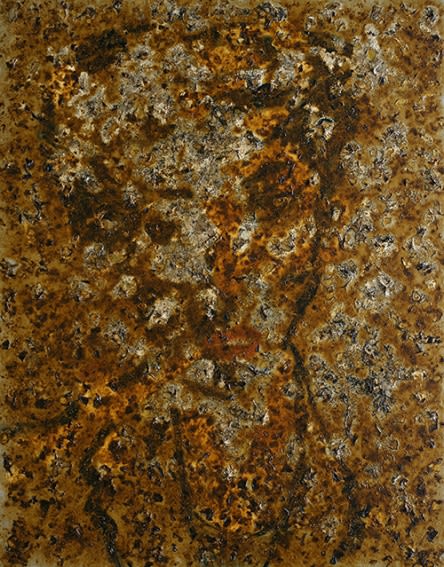CI KIM: Who Can Say What?
Period | Arario Gallery Cheonan : 14 July - 21 August, 2011
Arario Gallery Seoul : 23 July - 21 August, 2011
Works | paintings, installations, sculptures and photographs
Opening Reception | 5 pm, Saturday, 23 July, Arario Gallery Cheonan
Arario Gallery proudly presents Who Can Say What?, a solo exhibition by Ci Kim. To be held in Arario Gallery Cheonan from July 14th to August 21st and in Arario Gallery Seoul from July 23rd to August 21st, this exhibition displays approximately 20 paintings, photographs, installations and various works of different medium produced by the artist since his last solo exhibition in 2009.
Arario Gallery proudly presents Who Can Say What?, a solo exhibition by Ci Kim. To be held in Arario Gallery Cheonan from July 14th to August 21st and in Arario Gallery Seoul from July 23rd to August 21st. Having established himself as an entrepreneur, contemporary art collector and gallery owner for over 30 years as well as an artist for over 10 years, Ci Kim has a unique colorful career history. The various interactive relationships that are formed through the exchanges of social and cultural structures surrounding the artist and his personal pursuit for self realization and understanding hybrid identities forms the essential basis for understanding Kim’s art. To actualize his newly-found dream of becoming an artist, Ci Kim has been challenging the existing social bias, misconceptions and fixed image of himself, working on various art works like paintings, photographs, large sculptures and installations that push beyond the boundaries of the medium. This exhibition displays approximately 20 paintings, photographs, installations and various works of different medium produced by the artist since his last solo exhibition in 2009.
The exhibition title Who Can Say What? is simultaneously a question the artist casts to himself and to the world. DJ Don Imus — the famous American radio DJ who had to end his 30-year radio broadcasting career due to his racist remark that stirred up public criticism in 2007 — appeared on the cover of Times magazine with a post-it that read “Who Can Say What?”. Ci Kim transformed this image onto a large canvas through his signature-style expressive language. One can figure out that the question “Who Can Say What?” and the issues concerning the freedom of expression and acceptable talk stirred by the Don Imus incident run parallel to the questions the artist confronts continuously as he challenges the authority of art and resists social prejudice filled with drawing lines and taking sides. Questions as to whether one can speak, what to speak (if one can), and where and how the line (that draws its limits) is drawn, are issues of consideration for all artists living in this generation that seems to claim freedom of expression as if everything is possible.
Through the process of researching various structures surrounding the issues of identity, Ci Kim finds inspiring mirror images from various media and cultural history. Examples of such figures include portrait of the tormented Van Gogh who has become the symbolic soul of artists, the rebellious child of this generation and talented poet Lee Sang, the legendary king of pop Michael Jackson, and Charlie Chaplin who rewrote the loneliness of the times into comedy.
Kim captured these icons’ classic images and elaborately transferred them onto canvas. He then covered the image on the canvas with paint, pastel, mashed up tomatoes and rusted iron powder. This unique style of flat paintings that already began in his 2007 solo exhibition exemplifies a development of Ci Kim’s idiosyncratic painterly language. The tomatoes and iron powder drench and erase the images on the canvas, transforming them into unpredictable colours and forms with the flow of time. They also portray an illusion of time and capture traces of destruction, transformation, and creation. Demonstrating a new way of personalizing appropriated images, the bulky texture and barely visible abstracted images provoke a more enthusiastic gaze from the viewer.
Ci Kim’s works allow a more complex reading of his works as his subject matter expands to various social political issues we face in the media environment of the contemporary age. The recent works in this exhibition deal with images from various media that has become a part of the modern everyday visual environment. The images of war, famine and refugees that the contemporary audience always confronts in magazines and newspapers are elaborately reproduced onto large canvases, and clothed with a dynamic layer stained with corrosion and abrasion. Water is continuously poured onto the iron powder on the canvas to deepen the reddish rust, which is then repeatedly polished. Through this repetitive process, the iron power functions as a catalyst that physically transmits the artist’s view of the world and the message of the media.
On the other hand Ci Kim’s works are an intersecting site of ironic meanings as particular objects are added onto the concealed and faded media images. Such examples are images of wounded children from the earthquake in Haiti being given IV, or a welfare organization badge being put on someone who has just lost his whole life due to the tyranny in Mugabe, or a STOP sign being erected before starving children who has come to the port waiting for relief. Ironically, these gestures made by the artist are met by inevitable limitations inherent in artistic references, and provoke us to reflect on how deeply related our life today is to these heavy yet familiar issues.
Ci Kim’s various approaches allow us to mediate once again on the fragments of time that the media has captured and recorded, and the innumerable images that change too rapidly and are easily forgotten. The photographs that will be exhibited with his paintings also capture images from various TV media. The images that are captured into a moment by the artist remain as beautiful abstract images rendered onto the cold but smooth surface of the photograph, severed from the detailed context of the event. The photographs form an ironic collision and harmonize with his paintings that seize the heaviness of the subject with the addition of heavy medium and objects.
Ci Kim’s works are meaningful in the process itself in which the structure of media is interpreted in the artist’s own way and perspective, and the outcome is sublimated into images. This exhibition yields a perfect opportunity to take a new approach to Ci Kim’s oeuvre which casts endless questions through various mediums and understands the world through unique and complex perspectives.
